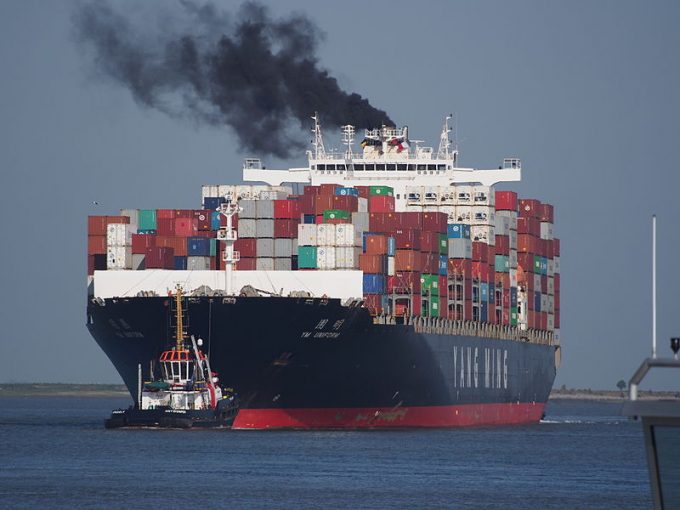Green shipping revolution could be hamstrung, UMAS warns
Global-south countries have great potential for generating the clean fuels shipping needs – but access ...

While the implications of the EEXI [Energy Efficiency Existing Ship Index] for the containership fleet are becoming clearer, the full impact of the IMO’s Carbon Intensity Index (CII) remains frustratingly difficult to define.
(Explainer: according to Lloyd’s Register: “The EEXI is a carbon design/technical efficiency indicator ...

Comment on this article